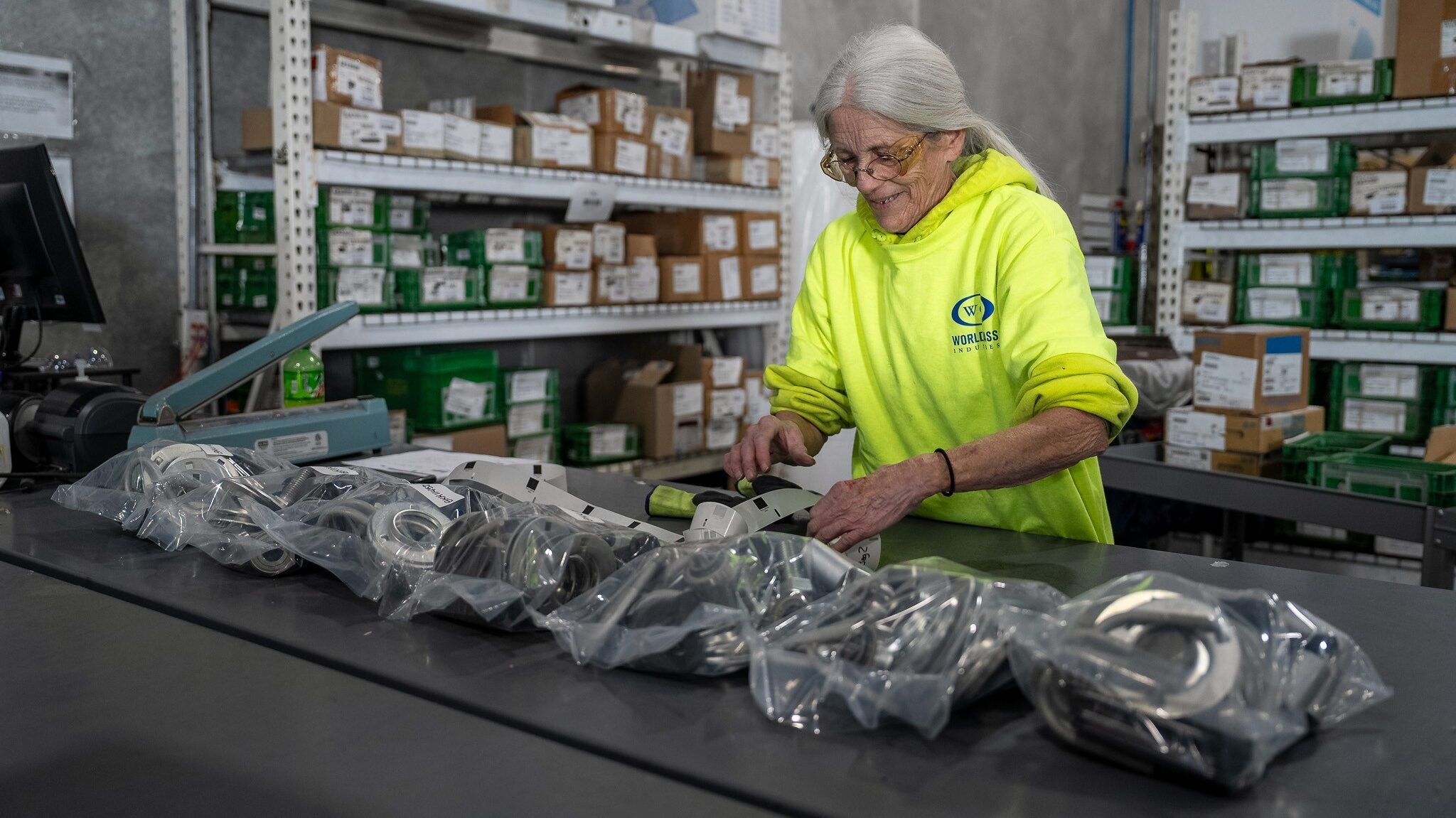Kitting vs. Traditional Inventory Management: What’s Best for Your Production Process?

Selecting the right inventory management strategy is critical to balancing cost, efficiency, and reliability. Here is a detailed comparison of the traditional component-level inventory management approach versus vendor managed part kitting, highlighting the benefits and drawbacks of each:
Traditional Component-Level Inventory Management
In this approach, your organization owns and controls the inventory of individual parts. You manage purchasing, storage, picking, and staging for production.
Benefits:
- Full Control Over Inventory
- You determine reorder points, safety stock, and lot sizes.
- Flexibility in reacting to design changes or engineering modifications.
- Greater Internal Visibility
- Allows detailed tracking of part-level usage, obsolescence, and scrap rates.
- Better Alignment with older MRP Systems
- Older ERP systems tend to be more optimized around component-level control and forecasting.
Drawbacks:
- Increased Complexity and Overhead
- Managing thousands of SKUs requires substantial administrative resources and warehouse space to maintain and organize component parts.
- Higher risk of picking errors and line shortages.
- Longer Lead Times to Production
- Components need to be picked, staged, and potentially kitted internally, consuming labor and additional material handling time.
- Higher Inventory Holding Costs
- Risk of excess and obsolete stock if demand changes or forecasts are inaccurate.
Vendor Managed Part Kitting
In this model, the supplier manages the inventory and delivers pre-packaged kits containing all components required for a specific assembly or work order.
Benefits:
- Streamlined Production Flow
- Kits arrive ready to use on the production line or build cell, reducing time for picking and staging.
- Enhances Just-in-Time (JIT) or lean manufacturing practices.
- Reduced Tier Supplier and Inventory Burden
- Opportunity for supplier consolidation, reducing time spent managing and expediting parts from numerous suppliers.
- Vendor holds and manages part inventory, freeing up internal space and capital.
- Fewer Internal Transactions
- Instead of managing dozens of part receipts, you receive a single kit—simplifying logistics and invoicing.
- Improved Supplier Collaboration
- Suppliers gain better visibility into your consumption rates and can plan production more effectively.
Drawbacks:
- Less Inventory Control
- Relinquishing visibility and control can lead to risk if the vendor experiences delays or shortages.
- Dependency on Vendor Reliability
- Any quality or delivery issue in a kit affects the entire build; if one part is wrong, the whole kit is compromised.
- Limited Flexibility for Changes
- Engineering changes or last-minute adjustments can be harder to manage with pre-kitted parts.
Choosing the Right Approach: Strategic Considerations
| Factor | Traditional Component Management | Vendor Managed Kitting |
|---|---|---|
| High-mix, low-volume production | ✅ Better suited | ❌ May be inefficient |
| Stable demand and repeat builds | ❌ Can be burdensome | ✅ Ideal for kitting |
| Internal warehouse constraints | ❌ Storage intensive | ✅ Reduces space needs |
| Desire to reduce transaction load | ❌ High-touch process | ✅ Streamlined |
| Quality control preferences | ✅ In-house inspection | ❌ Relies on supplier QA |
Optimizing Build Strategies with a Hybrid Model
The traditional component-level approach provides control and flexibility, particularly important in complex or highly engineered environments. However, it can be resource-intensive. In contrast, vendor managed part kitting supports leaner, more efficient production flows, and likely a lower total cost, but requires strong supplier performance and collaboration.
For many manufacturers, the best choice may involve a hybrid model, using kits for stable, high-run assemblies and retaining component control for customized or low-volume builds.
World Class Industries: Your Partner for Comprehensive Assembly and Kitting Solutions
World Class Industries (WCI) offers integrated procurement, assembly, and kitting services across a strategic and global supply chain for each of our customers. Visit our website to learn more about what we can do for you!